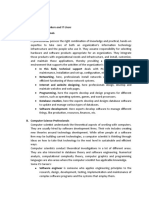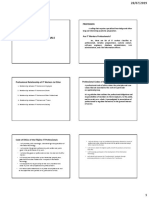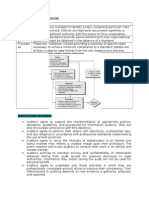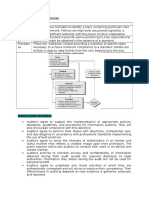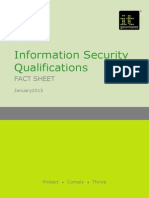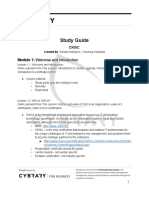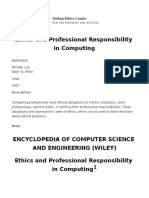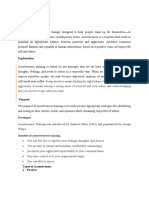0% found this document useful (0 votes)
51 views3 pagesPP Assignment
The document discusses the purpose of certifications and licensing. It explains that certification is a voluntary process that identifies individuals who have met a recognized standard through education, experience, and passing an exam. Licensing is a non-voluntary process regulated by the government that grants permission to work in a profession if competency standards are met. The document also lists several major software companies and organizations that provide certifications, including Microsoft, Oracle, IBM, SAP, and Symantec.
Uploaded by
Anonymous ahg302bOCopyright
© © All Rights Reserved
We take content rights seriously. If you suspect this is your content, claim it here.
Available Formats
Download as PDF, TXT or read online on Scribd
0% found this document useful (0 votes)
51 views3 pagesPP Assignment
The document discusses the purpose of certifications and licensing. It explains that certification is a voluntary process that identifies individuals who have met a recognized standard through education, experience, and passing an exam. Licensing is a non-voluntary process regulated by the government that grants permission to work in a profession if competency standards are met. The document also lists several major software companies and organizations that provide certifications, including Microsoft, Oracle, IBM, SAP, and Symantec.
Uploaded by
Anonymous ahg302bOCopyright
© © All Rights Reserved
We take content rights seriously. If you suspect this is your content, claim it here.
Available Formats
Download as PDF, TXT or read online on Scribd
/ 3








